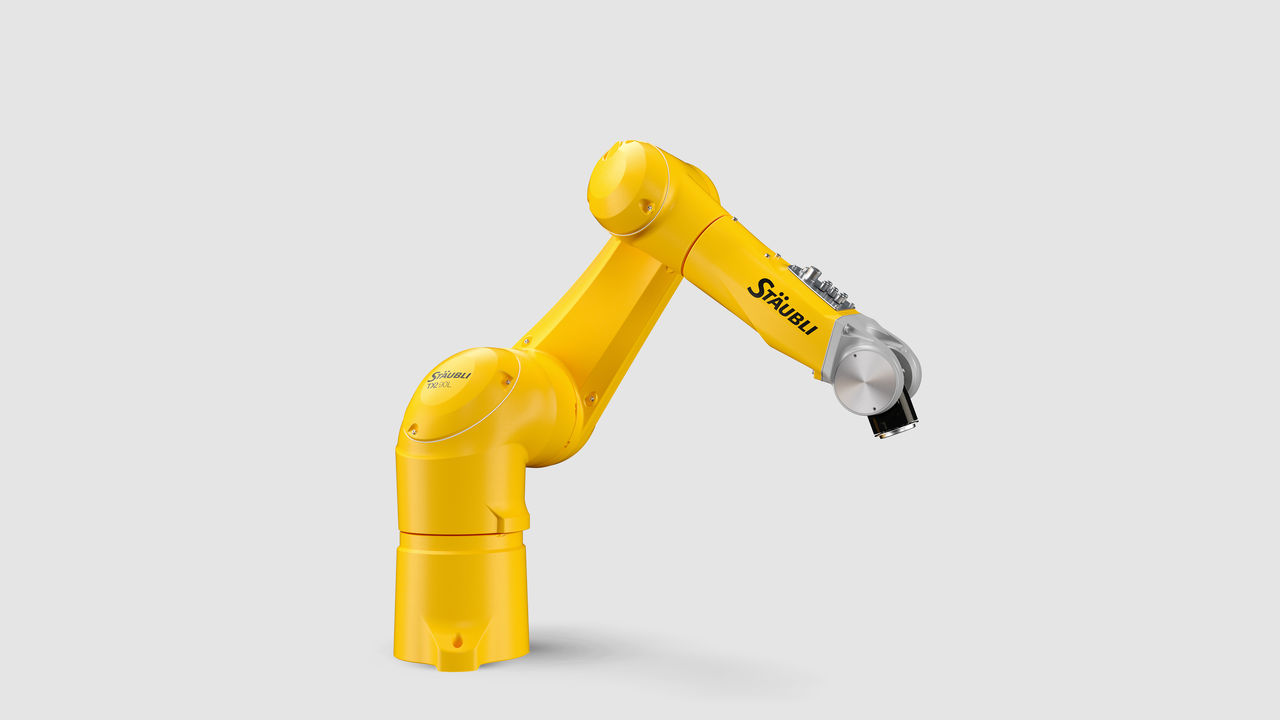- Europe
- Americas
- Asia and Middle East
- Africa and Oceania
SUCCESS STORY
Pooling resources for a high tech solution
The illuminated gear stick display is a masterpiece of design. Since there was no known industrial technique for achieving the specified surface finish of the ceramic hybrid component in question, the only option was to come up with a new solution.
CUSTOMER BENEFITS
- Unique and highly productive process
- Superior robot trajectory control for outstanding polishing results
- Robot cells with high level of autonomy
- Robot controller with enormous memory capacity
TASK
The polishing of ceramic hybrid interior parts
The illuminated gear stick display in a particular luxury vehicle model is a masterpiece of design. However, since there was no known industrial technique for achieving the specified surface finish of the ceramic hybrid component in question, the only option was to come up with a new solution.
Leading plastics multinational Oechsler, which has made a name for itself as a reputable supplier to the automotive industry, declared its willingness to take on the challenge. Oechsler commissioned system integrator Toolcraft with working out how to perform the crucial task of polishing the ceramic surface of the display. Toolcraft, in turn, brought software developer Unicam and robot manufacturer Stäubli on board.Together, the four specialist technology enterprises set about developing a viable polishing setup for a series production line. In the case of ceramic hybrid parts, it is essential to polish all sections of the ergonomically shaped free-form surface by applying an even and continuous force in all directions. Experience had shown that this should be possible using specially developed tools, a high-precision robot and extremely precise path planning.
SOLUTION
Precision robots make the impossible possible
The specialist teams were under immense pressure to come up with a viable polishing cell, as the new vehicle model was about to go into production. The outcome of their efforts can now be seen at Toolcraft’s production facilities in Georgensgmünd where, for some time now, four identical robot cells have been polishing displays in a three-shift operation.
A great deal of knowledge and expertise went into this joint venture. The state-of-the-art process and plant are completely unique. At the heart of the cell is a high-precision Stäubli TX90 industrial robot, which is equipped for the polishing process with a high-speed spindle and an automatic tool changing system.
Andreas Bauer, Head of Robotics at Toolcraft, explains why only this six-axis machine was deemed suitable for use in the cell: “Only the most precise robot on the market with perfect trajectory control was considered for this project. Thanks to its superior drive technology, the Stäubli TX90 alone was able to fulfill our requirements. To ensure the process runs as smoothly as possible, the robots were calibrated with the utmost accuracy at Stäubli’s main plant in Faverges, France. With this degree of refinement, we were able to achieve absolute precision.”
CUSTOMER USAGE
Polishing cells meet all expectations
As well as the outstanding path accuracy of the industrial robots, customized polishing tools developed in-house at Toolcraft and precise path programming by the Unicam team have all made a decisive contribution to the top-notch performance of the production line. The four identical robot cells are designed to produce eight different versions of the component at nine processing stations.
To ensure that the parts can be manufactured reliably and precisely, systems for monitoring tool length have been integrated into the production lines. Once a particular wear limit is reached, the Stäubli robot collects a new tool from a fully automated tool exchange. This enables the line to operate with a high degree of autonomy, an aspect which is of crucial importance given the intricate nature of the job and the fact that the factory is operating around the clock.
During the simultaneous machining of the ceramic hybrid free-form surface, the Stäubli TX90 must exert a totally even amount of force so that a consistently high quality standard is maintained. The CS8C robot controller brings yet another decisive advantage, in that all programs have high memory requirements because of their complexity. The controller’s huge memory capacity pays dividends here, enabling an optimum data flow. Consequently, the overall performance of the robots in mechanical as well as control technology terms has made a considerable contribution to the success of the project.
The robot polishing cells surpassed expectations. Over and above the purely technological aspects, it was the strong working relationship between the four companies and the abiding commitment of all stakeholders across corporate boundaries that proved crucial. Without the pooling of resources, it would not have been possible to realize this globally unique industrial concept, to which there is no series production alternative.

